Talk Overview
Bacteriophages, viruses that specifically infect bacteria, are, by far, the majority of all biological entities in the biosphere. The viral population, including bacteriophage, is very diverse yet relatively few viral genomes have been sequenced. In this series of lectures, Hatfull argues that viral genomes provide a great source of new genes, potentially with new functions and structures.
In Part 1, Hatfull describes what bacteriophage are, some of their biological properties and how they were discovered. In Part 2, he discusses the organization of bacteriophage genomes and explains how genomic sequence comparison can provide information about viral evolution. And in part 3, Hatfull describes work from his lab on mycobacteriophages, phage that infect mycobacteria including M. tuberculosis, the causative agent of the human disease tuberculosis. By studying mycobacteriophage, Hatfull hopes to better understand tuberculosis and perhaps develop methods for its control.
Speaker Bio
Graham Hatfull

Graham Hatfull is Professor of Biotechnology and Chair of the Department of Biological Sciences at the University of Pittsburgh and a Howard Hughes Medical Institute Professor. He received his PhD from Edinburgh University and was a post-doctoral fellow with Nigel Grindley at Yale University and Fred Sanger at the MRC. His lab focuses on studying… Continue Reading
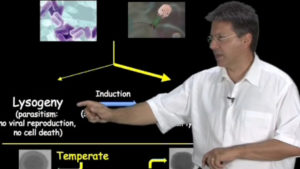
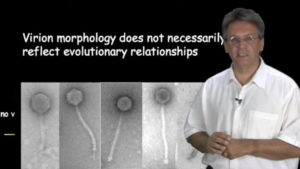

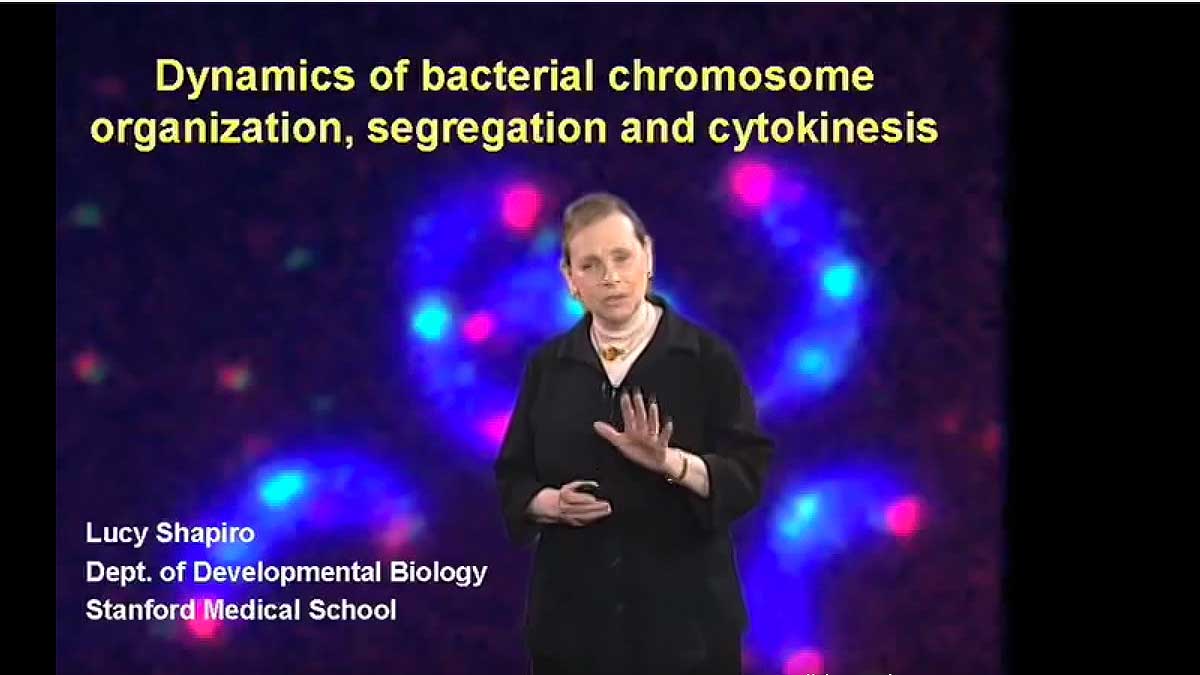
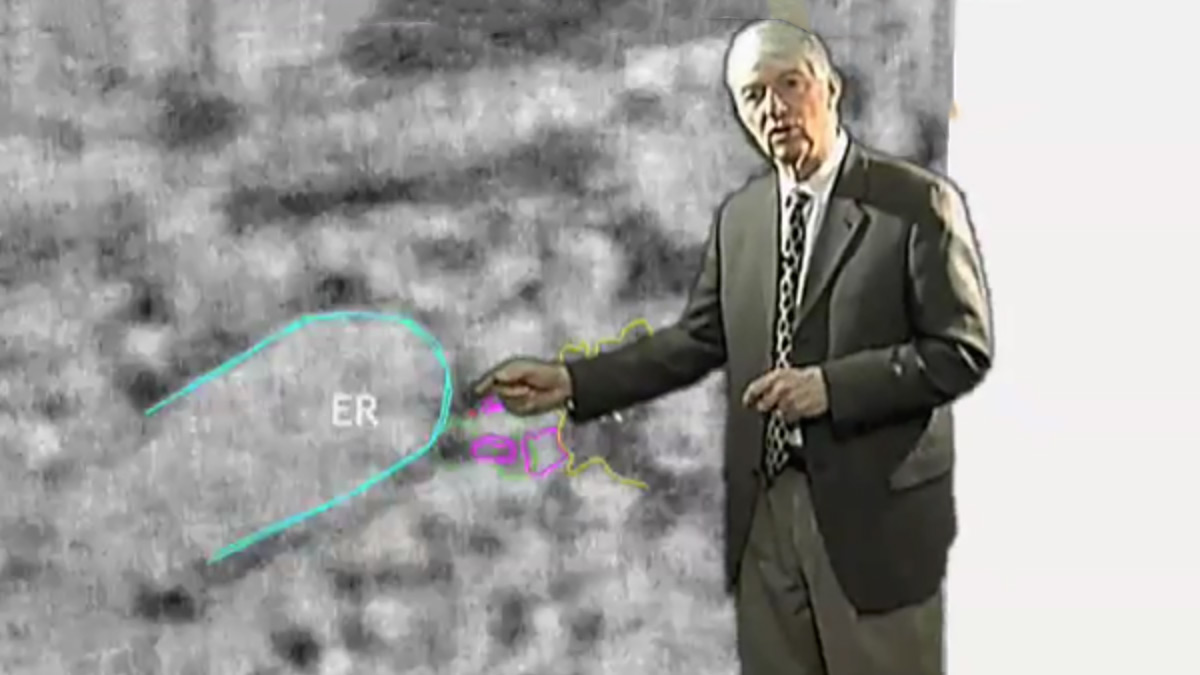
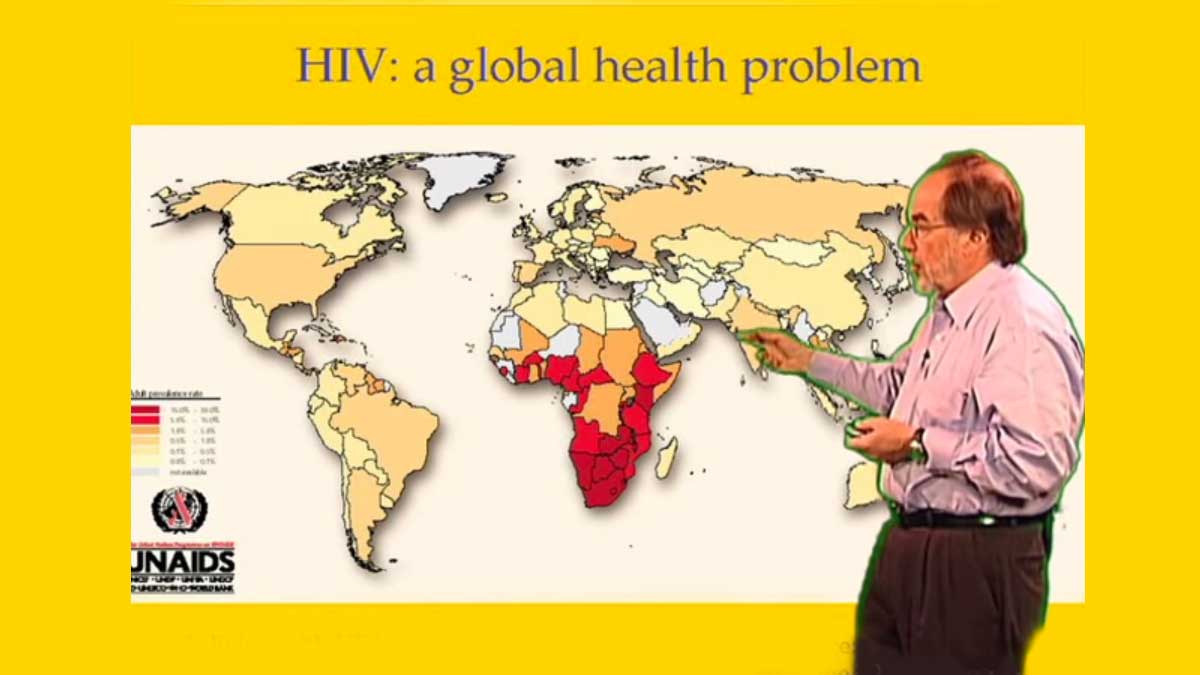
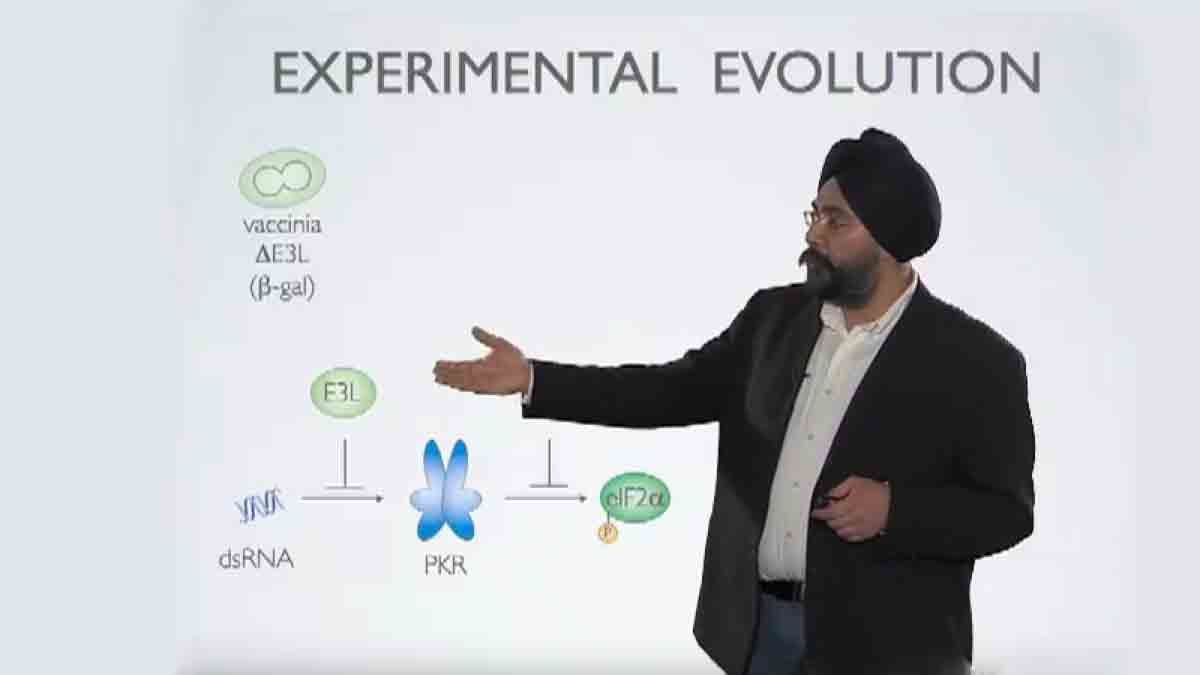





Phumlani Mkhize says
We do know for a fact that some bacteria can kill viruses. And also we do know the mechanism of how. I am talking about bacteria that add methylation groups in their nucleotide genome and when a virus inserts it in a non-methylated genome, the virus uses restriction enzymes to cut and remove all foreign GENOME. We know this works. By reducing the viral genome into individual nucleotides, the bacterial effectively kills the Virus. All have heard to this point is targeting Viral Proteins as a way to contain the Virus. Inhibiting the behavior of viral proteins i.e. interfere with one of the pathways of viral replication is the standard way. And that is the reason HIV remains uncured. My question is this: Why is the IDEA of target Viral RNA or DNA genome such an elusive concept. It is never discussed. And I have listened to a lot of these lectures and I took classes at Columbia University. One Professor even had the nerve to say “You cannot kill a virus because it is NOT alive”
I guess you get my point. We need a change in paradigm. In undergraduate, graduate and postgraduate we are taught about Enzyme inhibition. That is all. And we get jobs in pharmaceutical companies and we apply our classroom knowledge and we look for Proteins/Enzymes in Pathogens to target because we were taught that is how you fight pathogens.
We have to start creating pharmaceutical products with endonucleases restriction enzymes based on the recognition sites of the VIRAL RNA Genome and the moment the CoronaVirus enters the cytoplasm our drug(encoded with restriction enzyme) bind those recognition site and cut the Coronavirus into pieces of nucleotides. That will be the end of the Coronavirus and thank God it
In we can start by a culture of known bacteria that uses endonucleases and introduce the Coranvirus in the media with bacteria. If the bacteria kills Coronavirus we are two stepS away from the CURE. We just have to adapt or modify that enzyme the bacteria uses for the human body. And last but NOT least the goal IS NEVER TO GET OUR IMMUNE SYSTEM involved in this fight because our immune system is so underdeveloped and backward that it kills everything including the infected cells. We need these cells in the lung to do their job. Killing the host cell in this case is NOT the best route. I always make an example of the Osama Bin Laden raid in Pakistan. The immune system(Pakistan Police and Security) were unaware that the Special Forces had entered the compound looking for a bad guy. After killing the bad guy(CoronaVirus) they left Pakistan without the knowledge of the Pakistan Police. You want the drug to enter Alveoli cells and remove or kill the RNA Genome(Coronavirus) and leave Alveoli cells without the knowledge of the immune system. We need Alveoli cells to exchange oxygen/carbon dioxide. Killing these cells has serious consequences on the body maintaining homeostasis.
History informs us that Dr Flemming discovered that a mold kills bacteria by secreting a juice which interferes with bacterial growth. When Dr Flemming left his house on a vacation and left bacteria culture growing, he had no idea that his vacation trip would lead to the dawn of Penicillin. He did not know that mold can kill bacteria. Upon returning from vacation he noticed that Bacteria did not grow. And he noticed Mould forming around bacteria and through reasoning he concluded correctly that something in the Mold was preventing bacteria from growing. That marked the dawn of Penicillin and ended deaths by infections. We can end these deaths by Viruses too.We just need a correct approach.
Please provide feedback.
Thanks
Phumlani Lonnie Mkhize